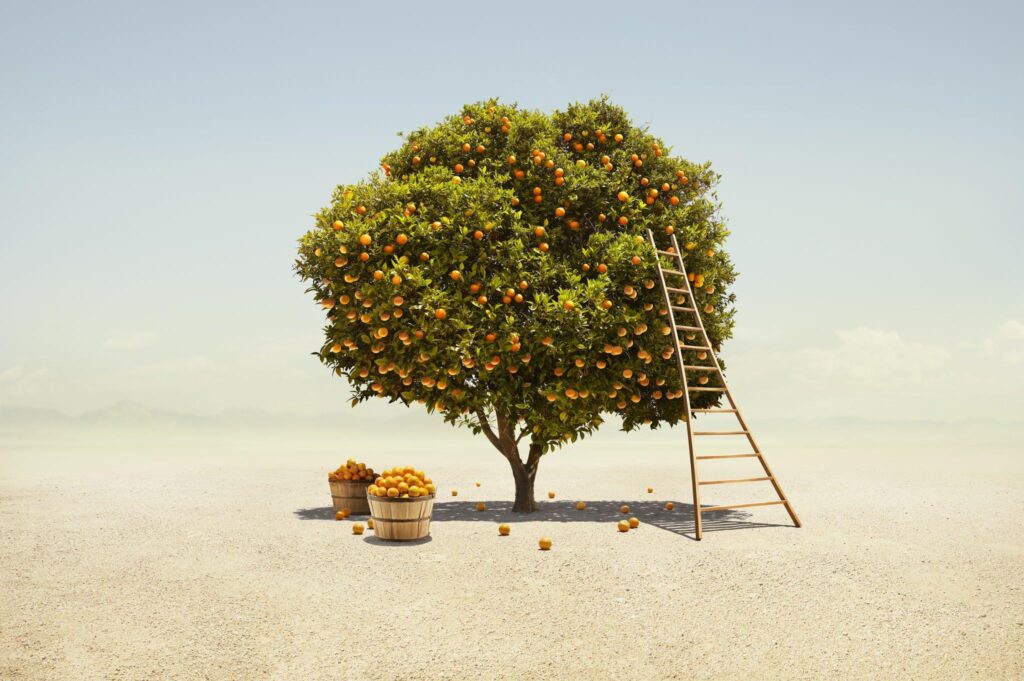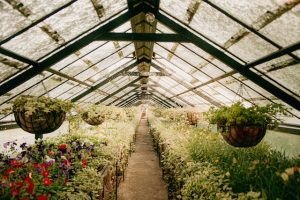A smart indoor greenhouse is a great option for people who are very busy and love planting. Also, these are best for apartments and houses that have very small gardens or no garden at all. The smart indoor greenhouse will do the gardening for you on autopilot. You just have to buy a smart indoor greenhouse or you can build your own one. Even though they run on autopilot, you have to make some things first. In the end, these are not fully on autopilot. You have a separate part in the process from choosing the right medium, nutrients, and pieces of equipment.
What is a Smart Indoor Greenhouse
We know how a greenhouse works, it traps the heat from the sunlight and provides the necessary temperature for the plants to grow by creating the perfect growing conditions. In a traditional greenhouse, we control the temperature and light manually. We manually open and close vents and windows to maintain a certain temperature range. These greenhouses require human supervision. In an article, we stated the possibility of maintaining an indoor greenhouse.
A smart indoor greenhouse works the same as a traditional greenhouse. But in need of less supervision. But we need to provide initial requirements to start with the greenhouse. Once the necessary things are arranged, the smart indoor greenhouse can run on its own for a long time until the necessary resources run out. When that happens refilling those resources will continue the smart greenhouse from running.
Components in a smart indoor greenhouse
Smart Indoor greenhouse takes inputs such as temperature, humidity, soil moisture levels, and ambient light levels. According to the readings, it will readjust the values automatically until it levels to the optimum conditions for plant growth.
Central Controller Unit
This is the main computer in the smart greenhouse or the brain of the whole thing. This receives the data from sensors. This unit is programmed to maintain given conditions from the user. Different plants need different conditions So the user can set the settings to the Smart Greenhouse and the Central Controller Unit take care of the rest.
Temperature, humidity, soil moisture levels, and ambient light levels are sent to the Central Controller unit from the sensors. Then the Central Controller Unit processes the data and gives commands to adjust the water supply, and lights. This is a realtime process and keeps adjusting these levels. So always we can observe a constant temperature inside the greenhouse.
Backup Power Source
This has a backup power source in case the main power shuts down. Without the power, the Central Controller unit cannot function. So these are equipped with an in-built backup power source.
Water reservoir
A small water reservoir is placed to provide the necessary water to the plants. Also, this is used to maintain the optimum soil moisture. There is a valve that is controlled by the Central Controller Unit. This valve opens when the plants need water.
Light Source
There are many types of lights are using for indoor greenhouses. LEDs and filament bulbs. Filament bulbs are best for indoor smart greenhouses besides their high power consumption. Because it can provide heat and light at the same time. If LEDs are used, they can provide a little heat but they use low power.
The central processing unit measures the temperature from the temperature sensor and controls the amount of light inside the greenhouse.
Soil Moisture Sensor
The soil moisture sensor reads the moisture levels in the soil and sends them to the central controller unit. This is 24h process and the signals are sent always.
Temperature sensor and Humidity Sensor
Generally, temperature sensors are equipped with humidity sensors. The temperature sensor reads the temperature inside the greenhouse and sends the data to the central controller unit. Also, the humidity sensor measures the humidity levels simultaneously and sends them to CCU.
Our Role in the Smart Indoor Greenhouse
Even though the smart indoor greenhouse runs on itself. We have a crucial part in this. If we fail to provide good quality soil and nutrient suitable for the plant we are growing, we can not blame the smart greenhouse for the failure of the growth of the plants.
Choosing the suitable soil
As we all know, plotting soil is the most important thing when planting. As well as for the indoor greenhouses, we have to choose suitable soil carefully.
We can use indoor plant soil available in shops or we can prepare the soil ourselves. But we recommend you prepare the soil at home because commercially available soil may contain chemicals that are not good for your health.
Coir fiber is a good medium for plant growth if you put the necessary nutrients into the water. But keep in mind that coir does not contain any nutrients, so you have to mix all necessary nutrients into the water reservoir.
The famous homemade plant soil mixture contains 35% composted bark or composted wood chips, 35% pine bark, 20% perlite, and 10% coconut coir or peat moss.
Preparing the water
Once the soil is prepared, the next thing is preparing the water by adding the proper amounts of nutrients into the water. These amounts vary with the type of plants. But here are the most essential nutrients.
- Nitrogen & Magnesium: This helps for the green look of the plant. This will optimize chlorophyll production.
- Phosphorus: This is responsible for plant and root growth.
- Potassium: This is responsible for the strength of the plant. Contributes to the early growth of the plant.
- Calcium: Calcium contributes to the development and growth of Cell walls.
Final thought
You can grow any plant in an indoor greenhouse. It can provide any conditions for a plant to grow. If you can supply the necessary things, a smart greenhouse can take care of the plants.


